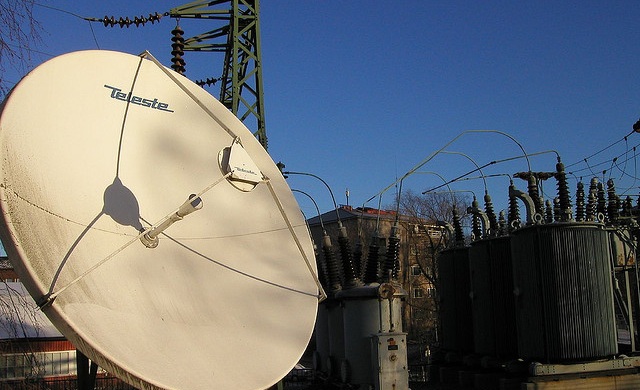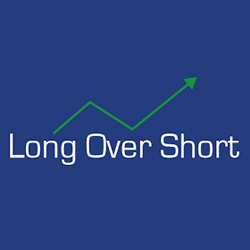Food delivery app Deliveroo (LSE:ROO) has agreed to a takeover bid by US firm DoorDash (NASDAQ:DASH) in a deal which values the company at £2.9 billion.

The merger is expected to provide hot competition to Deliveroo’s rivals in the UK, Just Eat and Uber Eats. The combined company will be serving about 50 million customers per month in over 40 countries.
The Deliveroo share price jumped on the news, as DoorDash is offering 180p per share. This is 44% up on the share price when takeover talks were first made public in April, but it’s well below the 390p share price from Deliveroo’s IPO in April 2021.
Though they started on similar paths, the trajectories of these two companies have sharply diverged in recent years.
Both began as food delivery platforms, connecting customers to their favourite restaurants with speed and convenience, while also helping restaurants better utilize their kitchen capacity during off-peak hours.
Over time, both businesses diversified into broader convenience deliveries – offering everything from diapers and flowers to pet supplies.
They also went public around the same period, raising capital through IPOs – Deliveroo listing in London, and DoorDash on the New York Stock Exchange.
Yet, at the time of their respective listings, DoorDash was already valued at five times more than Deliveroo. Fast forward four years, and that gap has widened dramatically: DoorDash is now valued at 35 times more.
This comparison isn’t completely apples-to-apples, since DoorDash has issued additional shares to fund its expansion, increasing its market cap. But the key difference is investor demand – US markets were eager to back DoorDash, giving it the means to raise capital and grow.
Looking at share prices paints an even clearer picture:
- A DoorDash investor would have seen an 84% increase in share value.
- A Deliveroo investor, on the other hand, would be down 56%.
With its stronger financial position, DoorDash is now in a position to potentially acquire Deliveroo – ironically, just as the UK company begins to turn a profit.
This case highlights a broader trend: more and more companies are opting to list in the US rather than the UK.
Why?
Valuation is a major factor. US companies listed on the S&P 500 trade, on average, at 28 times their annual earnings. The top 100 UK-listed firms (FTSE 100) trade at just 12 times earnings – less than half.
What’s behind this huge gap?
A big part of it is that the US is home to global tech giants – Alphabet, Amazon, Apple, Meta, Microsoft, Nvidia, and Tesla – known collectively as the “Magnificent Seven.” Even excluding them, US stocks still trade at a premium of around 20 times earnings.
Another issue is the declining domestic interest in UK equities.
In the past three decades, the proportion of the UK stock market owned by UK financial institutions has plummeted from 50% to under 5%.
Regulatory changes have nudged pension funds toward safer assets like government bonds. But there’s also a clear belief among fund managers that US markets offer better returns – a belief that recent performance has confirmed.
In the past five years, the total return (including dividends) from US stocks is up 116%, compared to just 45% for UK equities.
The UK government plans changes designed to make listing in the UK more attractive, which could see this trend change. In addition, analysts say the UK looks undervalued and the UK market has outperformed the US so far this year.
So things may change. Maybe…


 Hot Features
Hot Features












